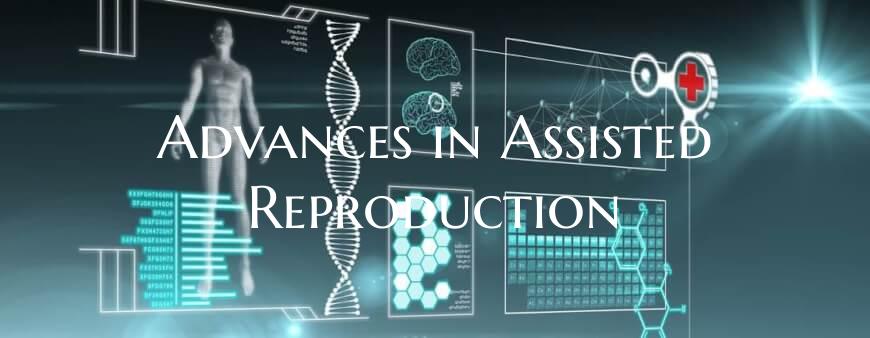Advances in Assisted Reproduction
Assisted reproduction technologies have witnessed significant advancements in recent years, revolutionizing the way individuals and couples conceive children. These innovative techniques have provided hope to many individuals facing infertility challenges, offering them a chance to fulfill their dream of parenthood.
One of the groundbreaking advancements in assisted reproduction is in vitro fertilization (IVF), a widely used technique that involves fertilizing an egg with sperm outside the body and then transferring the embryo to the uterus. Over the years, improvements in IVF procedures, such as the development of time-lapse imaging to monitor embryo development and the use of pre-implantation genetic testing to select the healthiest embryos, have greatly increased the success rates of this procedure.
Another significant advancement in assisted reproduction is the introduction of techniques like intracytoplasmic sperm injection (ICSI) and assisted hatching. ICSI involves injecting a single sperm directly into an egg, which has proven to be beneficial for couples dealing with male infertility issues. Assisted hatching is a technique that helps embryos hatch from their protective outer layer before being implanted, leading to better implantation rates in certain cases.
Furthermore, the field of assisted reproduction has seen a rise in the use of egg freezing and sperm banking technologies, allowing individuals to preserve their fertility for future use. This advancement is particularly valuable for individuals undergoing medical treatments that may affect their fertility or for those who wish to delay parenthood for personal or professional reasons.
Additionally, the advent of mitochondrial replacement therapy (MRT) has opened up new possibilities for individuals with genetic disorders that are passed down through the maternal line. MRT involves transferring the nucleus of an embryo into a donor egg with healthy mitochondria, potentially preventing the transmission of mitochondrial diseases to future generations.
Overall, the continuous evolution of assisted reproduction technologies is reshaping the landscape of fertility treatments, offering new avenues for individuals and couples to pursue their desire for biological parenthood. These advancements not only enhance the success rates of assisted reproduction procedures but also provide hope and optimism to those navigating the complexities of infertility.

